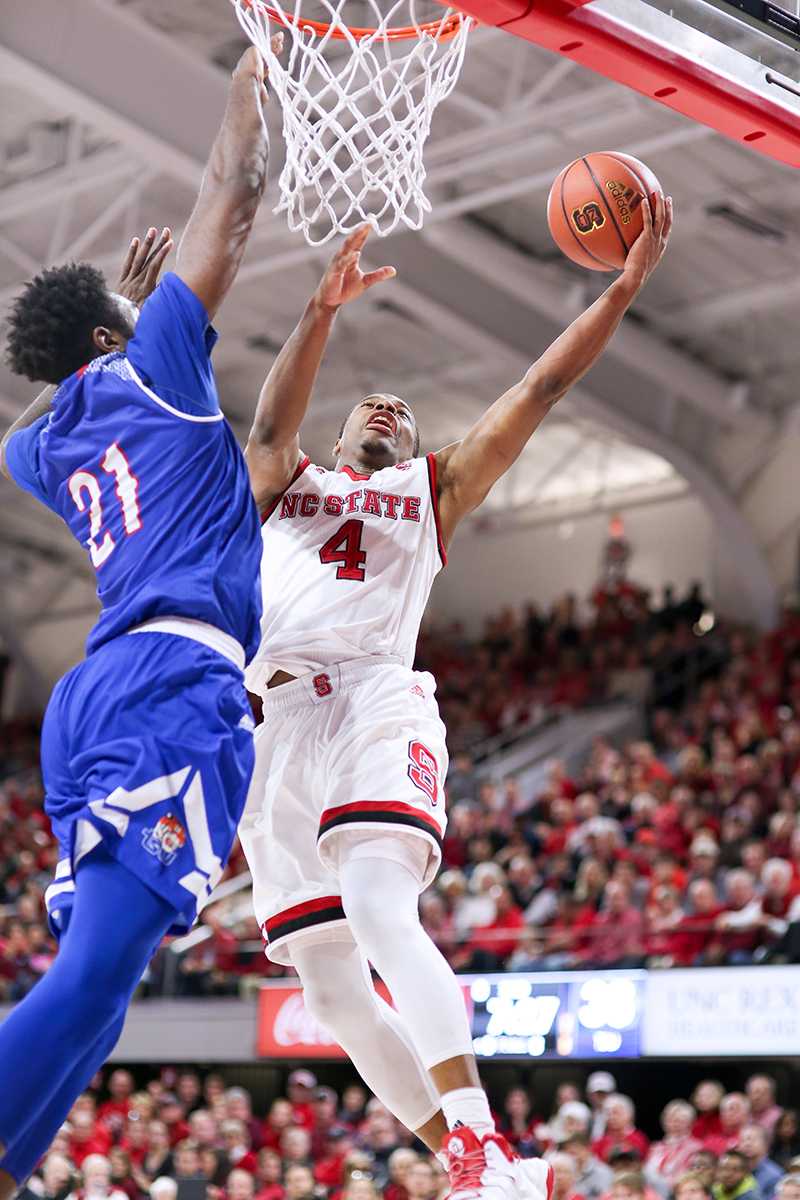With the 2017 NBA Draft just around the corner in late June, the NBA Draft Combine took place from May 9-14 in Chicago. This year’s combine was just the second in which college players could just “test the waters,” by participating in drills and receiving feedback from NBA teams.
The combine is a frenzy, scheduled right in the midst of the NBA playoffs. Members of the media try to pry information from general managers and general managers try to do much of the same from draft prospects. Meanwhile, the prospects want to protect their draft stock and not disclose information that may cost them millions.
The event, which is essentially an organized battleground, has been viewed as mutually beneficial for all parties involved for many years. The combine has always been seen as an opportunity for non-lottery-bound players to improve their draft stock and for general managers to evaluate players’ physical attributes and have private interviews with select prospects.
However, this year’s NBA Draft Combine saw many of the elite players in the draft not in attendance. Among the players who did not attend were NC State’s Dennis Smith Jr., Duke’s Jayson Tatum, Kansas’ Josh Jackson and UCLA’s Lonzo Ball.
Overall, only two of the top-10 projected players in the draft showed up. Among the two that were present, Washington’s Markelle Fultz only did team interviews and Kentucky’s De’Aaron Fox only did team interviews, measurements and media obligations. Neither player participated in drills or saw the court for five-on-five action.
Along with potential lottery draft picks not showing up for the event, even many late first-round to second-round prospects sat out from five-on-five play, and just participated in measurements, athletic testing and interviews.
These absences led to questions of the benefit of the combine to players in the draft. With information being available with the click of a button and scouts and general managers having done intensive homework on prospects, many players can only elevate their stock but so much. On the other end of the spectrum, a player who may be tabbed as a mid-first-round selection can record a poor vertical or a slow shuttle run and end up costing himself a large amount of money.
As for players who are considered to be “once-in-a-generation” talents, they are pretty much guaranteed to be top-five selections, despite testing poorly athletically. This can be seen in the example of Golden State Warriors star forward Kevin Durant, who could not even bench 185 pounds as a one-and-done prospect out of the University of Texas entering the 2007 NBA Draft. It is safe to say Durant did not cause himself too much damage, as he went on to be the second-overall selection in that year’s draft, and is now one of the best players in professional basketball.
Durant recently spoke with ESPN, reminiscing on his time at the NBA Draft Combine.
“The first to last pick was there,” Durant said. “It was just a part of the process. Now, you’re getting players to where they realize their power and they’re not doing it, and more power to them … They don’t want to deal with that B.S., and I understand it. Back then, I wish I would have known the power I had or I probably wouldn’t have done it, either.”
Players becoming more aware and concerned with their self-interest, along with being skeptical of the worth of the NBA Draft Combine could lead to a trend of top-prospects skipping out of this process for years to come.








